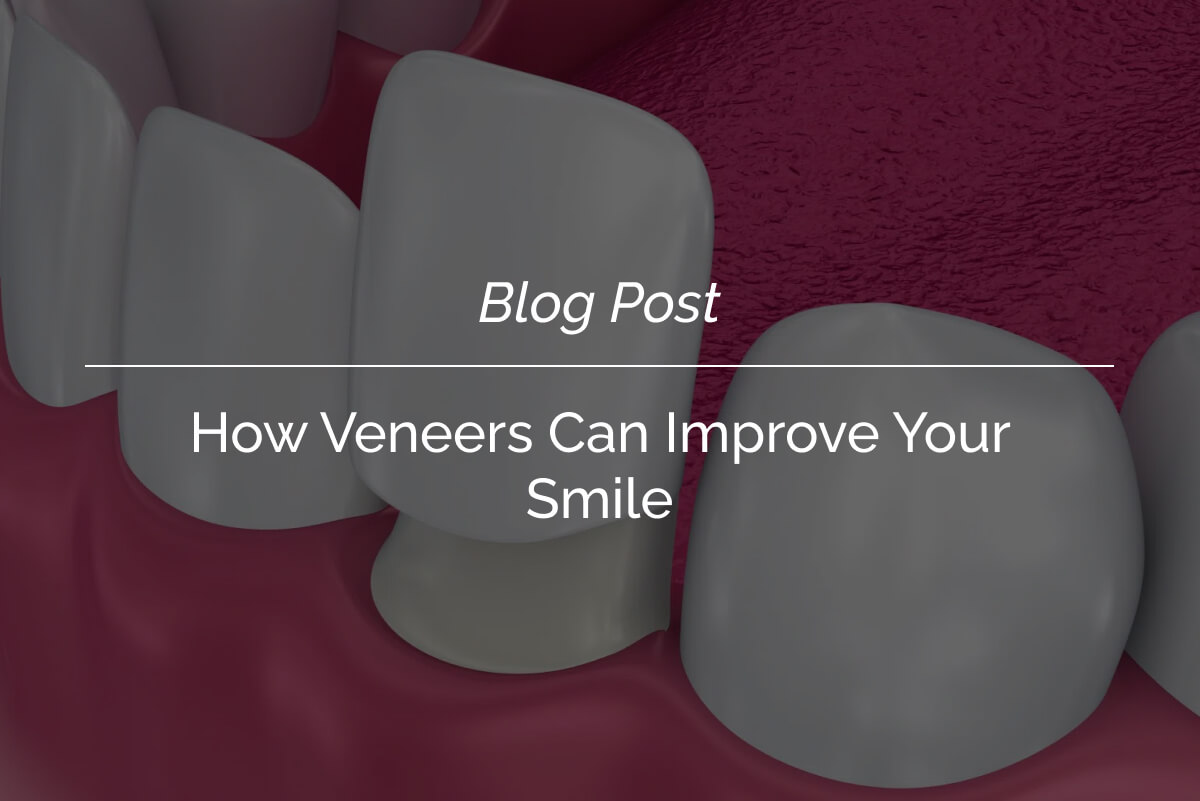Nowadays, most cosmetic dental procedures are as easy and common as regular dental work. They can also help with self-confidence, appearance and support you in achieving a better, brighter smile. Most common cosmetic procedures are fairly easy and only a few require more sessions and a bit of complex work.
One such relatively simple procedure is getting dental veneers. Veneers are incredibly popular as they enhance the overall appearance of your teeth and if you have a worn tooth – from grinding – or chipped teeth, having veneers would cover the imperfections and create a stronger smile. Getting veneers can be the best of both worlds: a cosmetic procedure that leaves you with a bright, white smile while also correcting and protecting teeth.
So what is a dental veneer and who can get one?
There are two types of dental veneers: one is porcelain and the others are made from composite resins. Depending on your situation and budget, your dentist will be able to find a veneers solution that suits you. Veneers do require a small removal of the natural tooth – usually less than a millimeter – and this allows the dentist to create a more even smile and lets the veneers fit in your mouth as a normal tooth would. It is also essentially for the bonding agent that will hold the veneer to your natural tooth. Veneers are custom-made and individually sculpted for each client, so your smile will look natural and unlike normal teeth, veneers resist staining from coffee, tea or cigarettes, making them an ideal option for those whose teeth resist whitening.
Almost anyone can get veneers. Especially if your teeth are fractured or have gaps between them, if they’re poor in colour, shape and contours and even if there are minor-bite related problems. As with any involved cosmetic or dental procedure, make sure to consult your dentist and research your options. There are a few small downsides to getting veneers. As part of the original tooth’s enamel must be removed, this isn’t considered a reversible treatment but if you have porcelain veneers they can last up to 25 years. Also, creating porcelain veneers requires your smile analysis to be sent to a laboratory, so this isn’t a one consultation treatment.
Finally, we get to the maintenance. Maintaining your veneers is quite simple. Just make sure to continue your routine brushing with a non-abrasive toothpaste and flossing every day. If you’re not sure which toothpaste to use, your doctor can recommend one. Try to avoid biting nails, chewing ice and other stresses that can damage veneers and natural teeth!
Start your journey to a well-protected, bright and white smile today!
